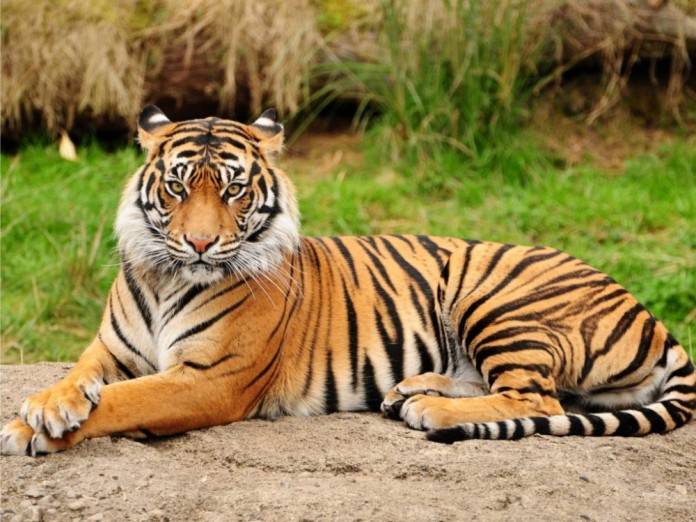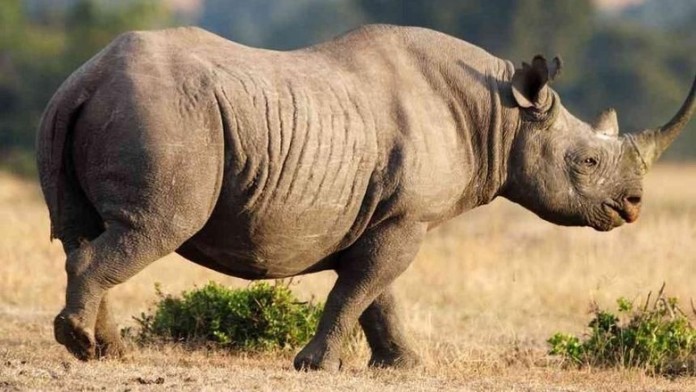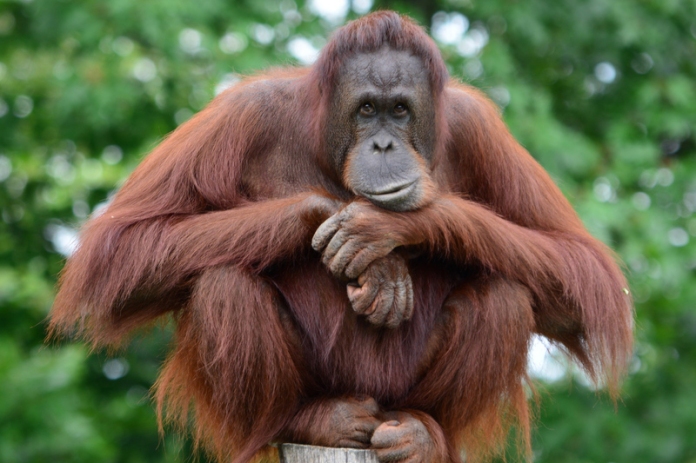Endemic species is one of the natural symptoms of a biota that makes it look unique when occupying its natural habitat in an area with a certain geography. For those of you who don’t know, a species will be said to be endemic if the species is native and can only be found in certain places and not anywhere in the world. Well, here we will describe several types of endemic species or animals native to Sumatra that maybe most of you still don’t know about.
Sumatran Tiger

The Sumatran tiger has the smallest physical characteristics compared to other tiger subgroups. As an indigenous native, the Sumatran tiger is one of the endemic species classified as critical or endangered species.
Even the government officially says if its existence is threatened with extinction in the near future because of the relentless tiger trade. From WWF data, there are only 400 Sumatran tigers left in the wild.
In fact, as an animal native to Indonesia, the tiger functions as a predator that maintains a balance in the number of wild prey. Its existence will help maintain the amount of vegetation in the future.
Sumatran Rhino

If the Javan rhino has one horn, it is different from the Sumatran rhino which has two horns. This rhino also has the most hair compared to other rhino subgroups scattered in the world.
In addition to horns and hair, the Sumatran rhino also has grayish-brown or reddish-brown skin with fairly large ears. The Sumatran rhino has a natural habitat consisting of swamp forests, lowlands to hilly forest areas.
As a native animal of Sumatra, the Sumatran rhino is an animal that likes to explore and likes to eat fruit. This rhino is also known as an animal that prefers to live alone.
Sumatran Forest Goat

Sumatran forest goats have horns that are quite slender, short and slightly curved back. These animals include animals that live solitary or like to be alone, but some also choose to live in small groups.
Like a tiger that owns and guards its territory, the Sumatran forest goat also does the same thing, you know. Similar to tigers, this goat also marks the territory using feces and urine so that the area is used as a sign as a place to look for food and become a place to live.
Based on data from IUCN, the Sumatran forest goat is one of the critically endangered and protected species.
Sumatran Rabbit

This unique and funny Sumatran animal has a body length of up to 40 cm. Another characteristic of the Sumatran rabbit is that it has a brownish line on its body and a red tail and white belly.
These animals are nocturnal animals that live in the burrows of other animals and occupy forests with an altitude of 1400 meters above sea level. Based on data published by the IUCN, it is known that this native Sumatran animal is categorized as vulnerable or endangered.
Sumatran Elephant

The Sumatran elephant is still in the same family as the Asian elephant. Has a weight of 3-5 tons and a height of 2-3 meters. These animals live in groups and are active at night. In a day and night, groups of elephants can walk up to 20 km in search of food.
This is very beneficial for the forest ecosystem. Where the area traversed by the elephant herd becomes brighter and allows sunlight to reach the ground. Unfortunately the animal that has extraordinary intelligence is in critical condition.
Their numbers continue to dwindle due to the clearing of Sumatran forest land and poaching for their tusks.
Sumatran Orangutan

Orangutans are a rare species that used to have habitats in Southeast Asia. However, currently only orangutans are left in two places, namely Sumatra and Kalimantan. The Sumatran orangutan is more social than its siblings in Kalimantan.
They live in groups on shady trees in the Sumatran forest. Their favorite foods are fruits and small insects. Sometimes if they are lucky they also like to target the eggs of birds that nest in the trees.
It is estimated that the population of this species is now no more than 6000 individuals. This is of course due to their diminishing habitat being taken by humans and illegal logging.
Surili / Sumatran Hoop

Animals that are still related to monkeys are native Sumatran animals that are threatened with extinction. Has the Latin name Presbytis melalophos. This animal has a characteristic in the form of a crown on its head which is actually a crest.
In addition, this animal is also famous for its long tail that can reach one and a half times the length of its own body. These animals are very active during the day. Their main food is tree shoots and small fruits and seeds.
Sumatran Tapir

Sumatran tapirs are herbivores, namely plant-eating animals in the form of young leaves that are widely found in forests and on riverbanks. These animals are active foraging for the leaves at night, so they are called nocturnal animals.
Unfortunately, tapirs are included in the list of endangered animals due to human hunting which often misinterprets tapirs as wild boars. Indeed, at first glance his body has a resemblance to a wild boar.
However, if you look closely, you will clearly see the difference between the ears and the muzzle. These animals in nature contribute to the spread of fruit trees through seeds that are also eaten by tapirs.
Tarsier / Mentilin Bangka

Tarsier Bangka or better known by local people as mentilin is a small primate animal. Body length is only about 15 cm. And his body weight is less than 150 grams (not very small).
This animal is the mascot animal of Bangka Belitung province. Another distinctive feature of this animal is that it has large eyes. So it looks as if it was glaring. The main food of these primates is insects such as grasshoppers, butterflies, crickets and ants.
Cempala Kuneng

This species of kucica bird which has a yellow tail is known as cempala kuneng by the Acehnese. Yes, these animals used to be found in many forests in the province of Aceh. This type of bird is so famous in Aceh that this bird is often found in the ancient saga of the people of Aceh.
The color of the fur is brown gray with a little white on the head as another characteristic. The sound or whistling produced by this bird is very melodious. Although the status of these animals is still within safe limits, it is suspected that their numbers have decreased drastically due to land clearing in forest areas for plantations.




